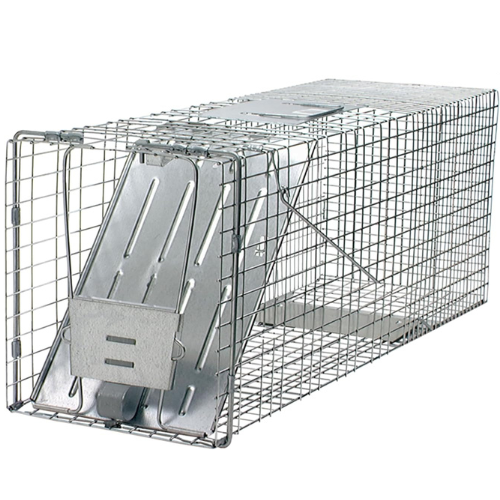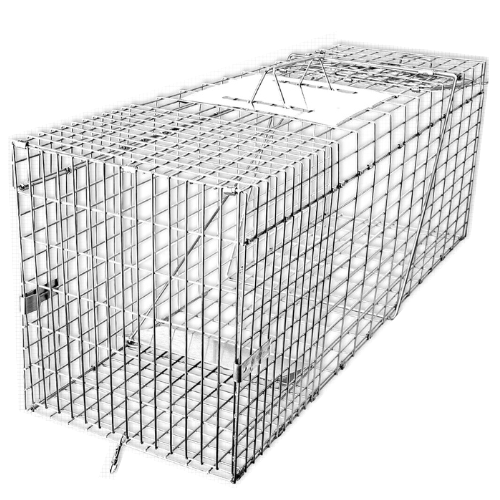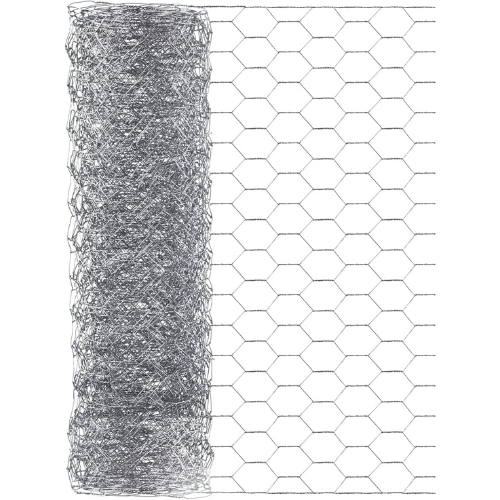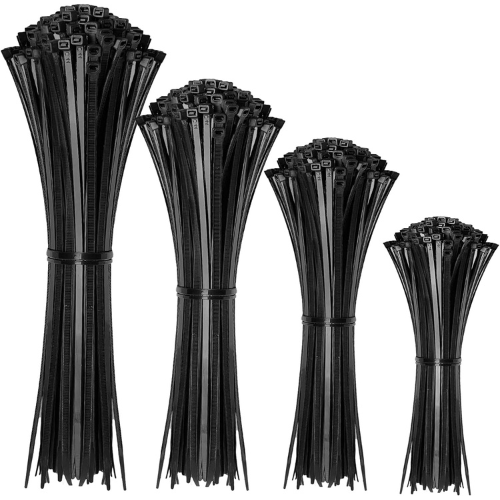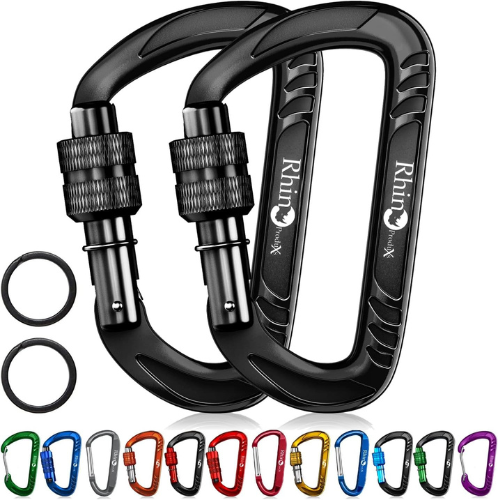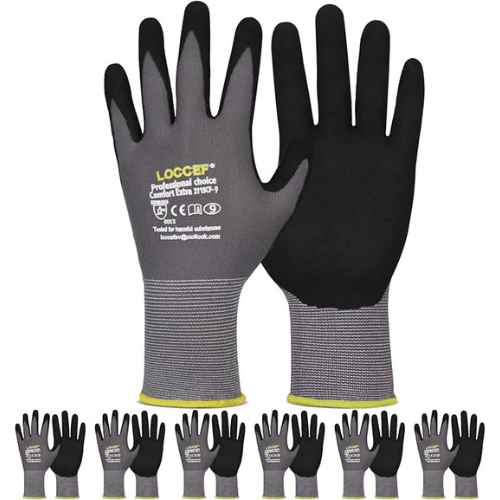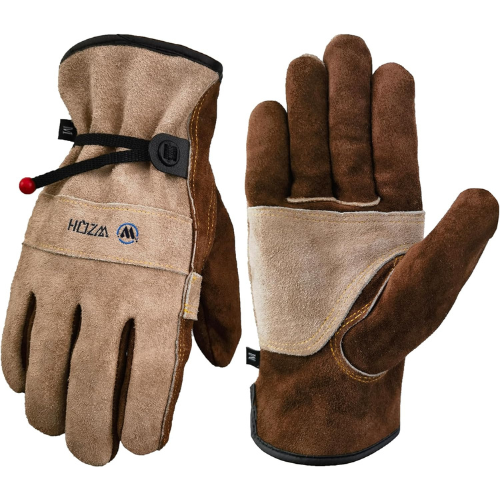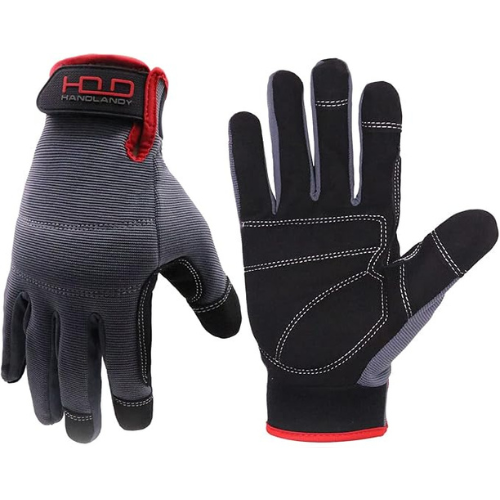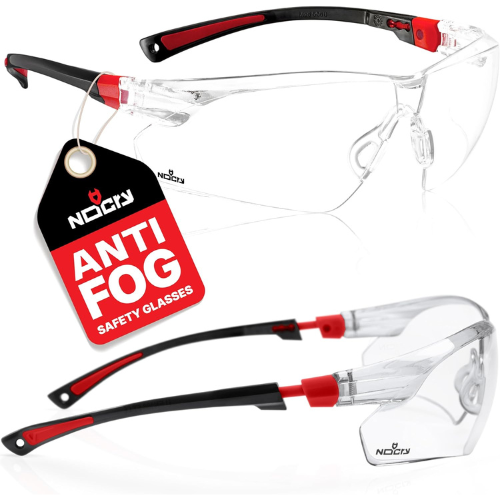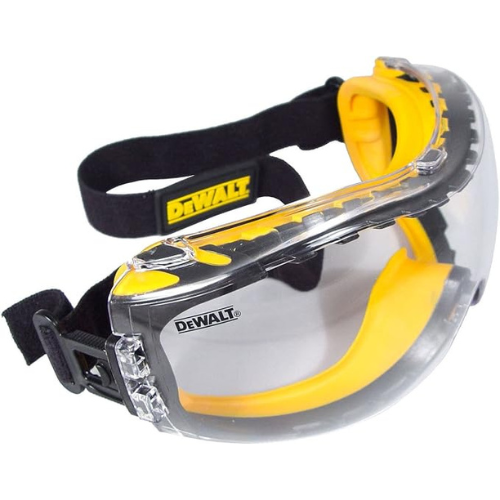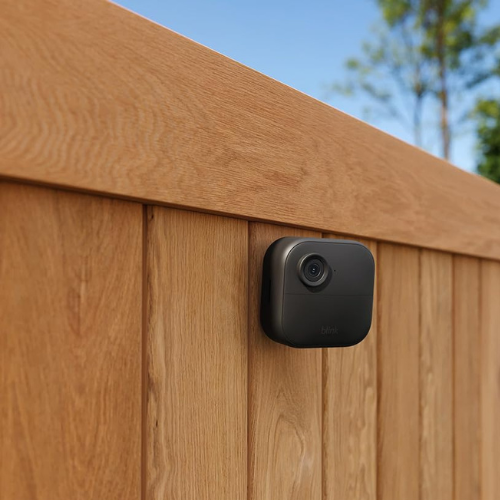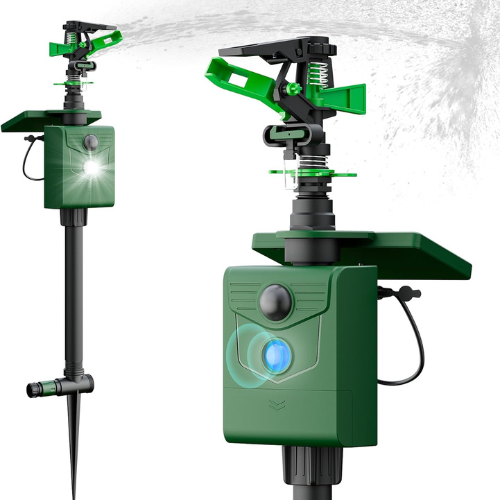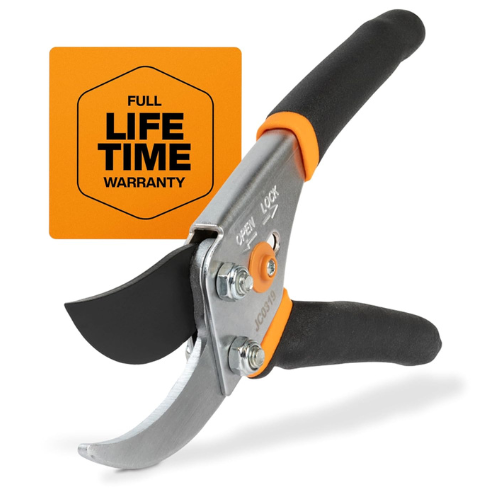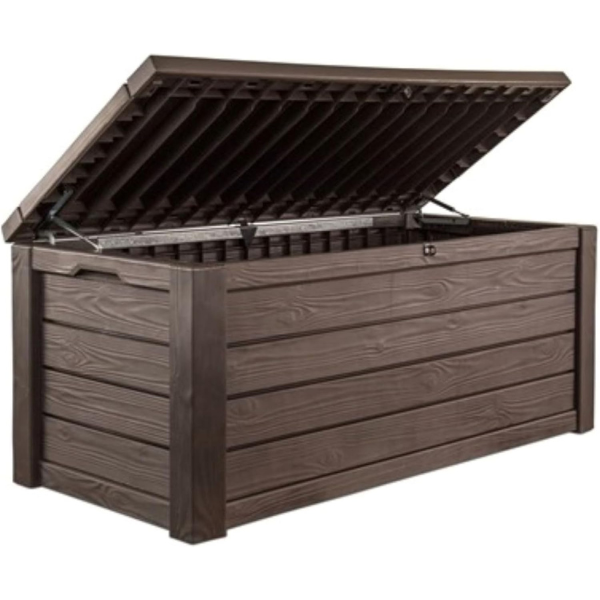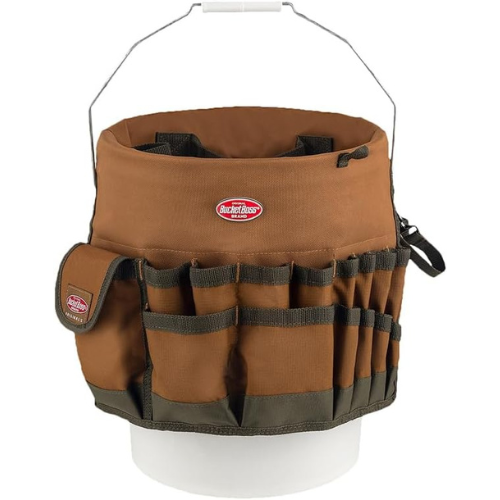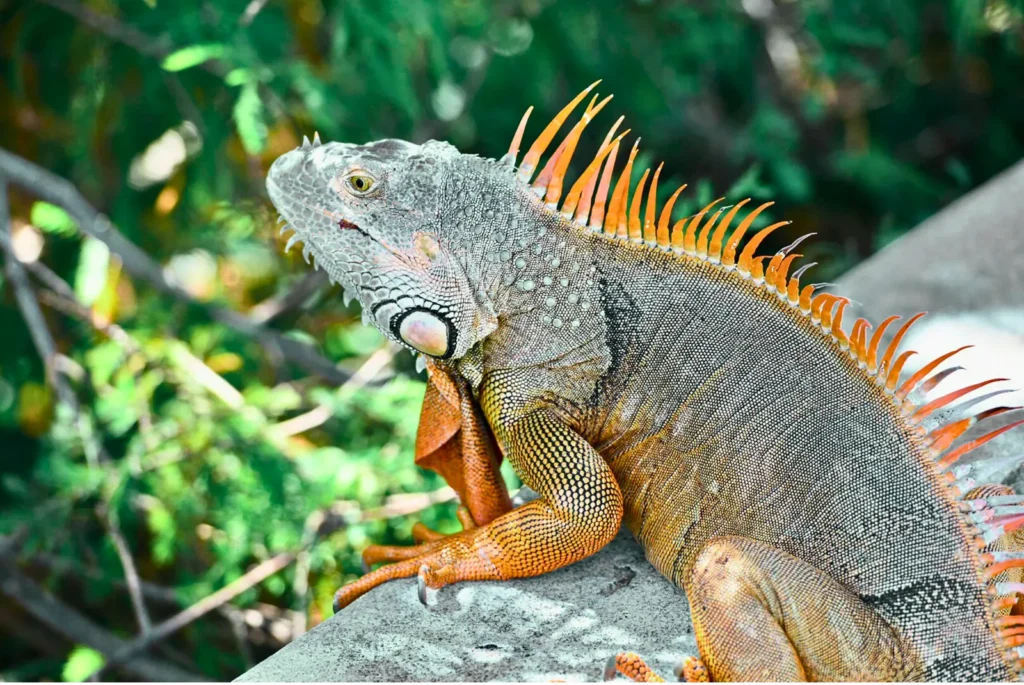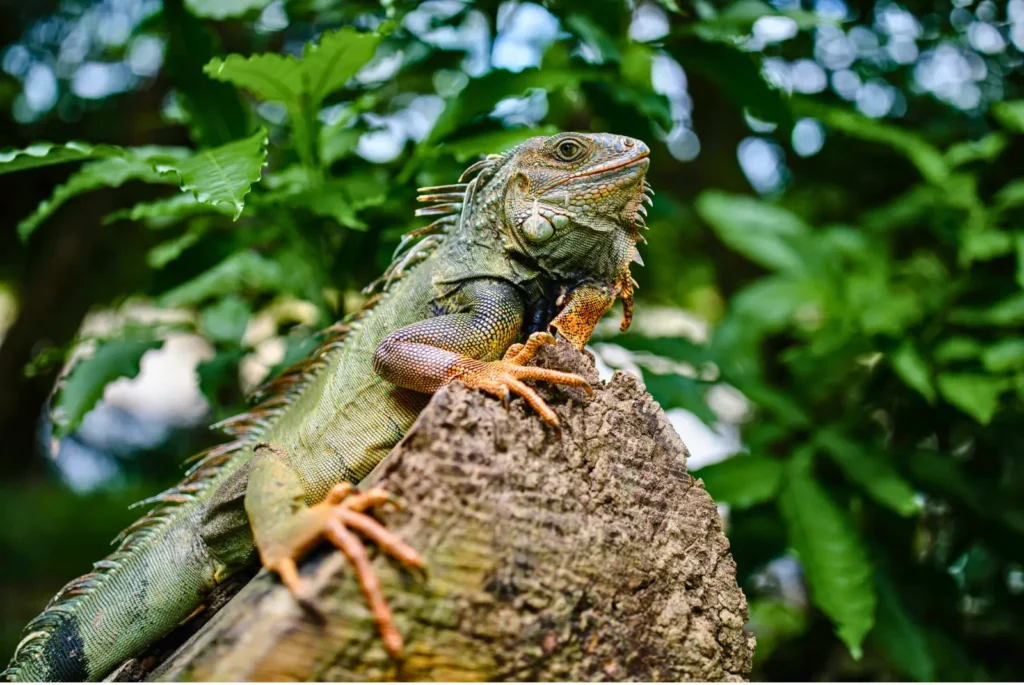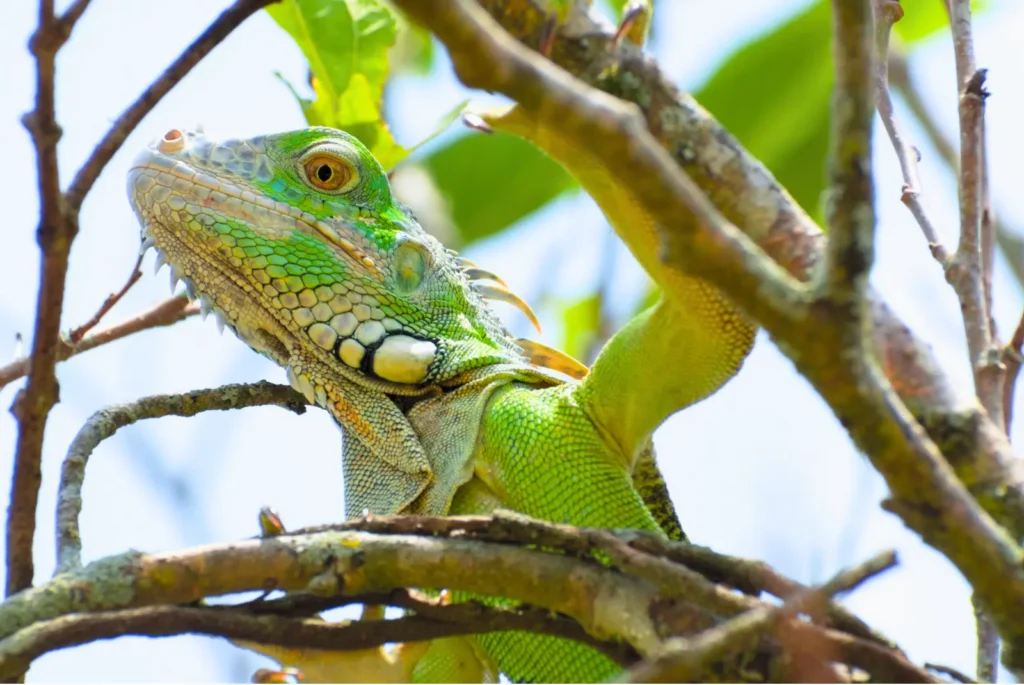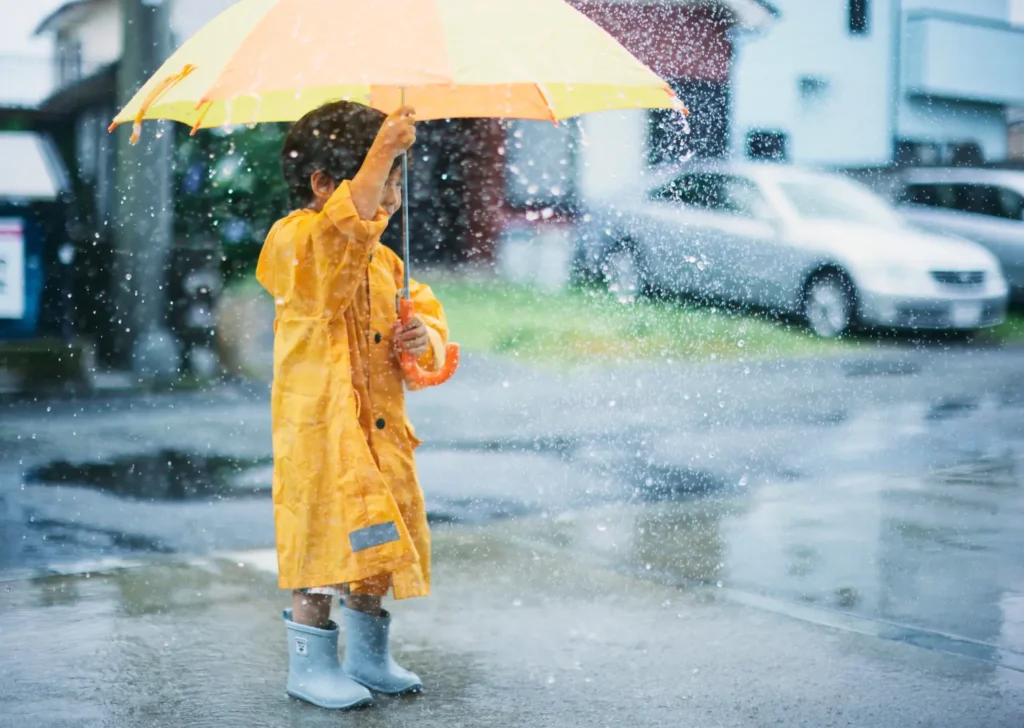15 Tools to Trap Iguanas Safely in Your Florida Yard
Affiliate Disclosure: Some of the links on this page are affiliate links. This means if you click on a link and make a purchase, Dont Iguana may earn a small commission, at no extra cost to you. We only recommend products and tools we believe are helpful for keeping your Florida property iguana free!
Okay, you saw an iguana in your backyard. If you saw one, it’s only a matter of time before you see another… and then another. Before long iguanas are chewing your plants and leaving droppings on the patio. Don’t worry, that’s why we exist.
You don’t always need to call a pro. With the right, tested tools and a simple approach, most homeowners can set and manage humane traps safely. Below are the 15 essential items we recommend to set traps correctly, protect yourself during setup and checks, and keep your yard under control.
Iguana Traps and Setup Equipment
Your cage is the core of the trap plan, but placement and stability are what make it work. Use a sturdy live trap sized for adult iguanas, guide them in with simple barriers, and lock everything down so nothing shifts or pops open at the wrong moment. In Florida’s heat and storms, solid hardware and a clear, stable setup are what turn an uncertain attempt into a reliable capture.
1. Humane Catch and Release Live Animal Trap Cage
This medium/large live trap is sized for adult iguanas and built for repeated backyard use. The single door design encourages a full entry before the trigger plate drops, reducing near-captures. Place it along known travel routes or near favorite basking spots for best results.
2. Heavy Duty Folding Live Animal Cage Trap
If your yard sees frequent iguana traffic, this strong alloy steel trap holds up to repeated use and rough movement. The frame resists bending and the door mechanism stays reliable after multiple resets. It’s a solid backbone for a multi trap setup across larger properties.
3. Chicken Wire Mesh Garden Fence Barrier
Create guides that steer iguanas toward the trap entrance and keep them off nearby plants. Shaped correctly, the mesh forms a funnel that reduces detours and helps repeat the same approach path day after day. It’s easy to cut, move, and reconfigure as you learn their patterns.
4. Ultra Strong Multi-Purpose Cable Zip Ties
Fasten mesh panels, secure bait trays, and tidy up any loose edges that could catch or block the door. These UV resistant ties handle sun and sprinklers and make quick yard fixes possible without tools. Keep a handful in your garage on in your patio drawer for every reset.
5. Auto Locking Heavy Duty Carabiner Clips
Clip the trap door or frame components so no iguana can rattle loose after a capture. An automatic, super strong lock gives you confidence the door stays shut if the iguana thrashes or the trap shifts on uneven ground.
Hands and Eyes Protective Gear
Iguanas have sharp claws and strong tails, and even a routine trap check can get spicy fast. The goal is simple: protect your hands and eyes while keeping full control of the equipment. Rotate gloves by task, using heavy for handling the trap and flexible for setup. Wear eye protection any time you’re close to the door.
6. Coated Knit Work Gloves (6 Pack)
Keep a multi-pack on hand so you always have a clean, dry pair ready. These are great for general setup, moving mesh panels, and quick checks when you do not need the thickest option. These provide a good grip and excellent abrasion resistance. Rotating gloves also helps you avoid smells transferring to bait or your hands.
7. Heavy Duty Durable Utility Leather Gloves
When you are lifting a trap or moving a captured iguana, leather is the move. The thicker material gives you better confidence against claws and rough cage edges. High abrasion, puncture resistant, highly flexibility and comfortable. The reinforced palm provides extra protection if you are moving the iguana yourself.
8. Flexible Breathable Spandex Gloves
You need dexterity to thread ties, adjust triggers, and place bait precisely. For this, flexible gloves give you that fine control with enough protection for routine handling. They are the pair you will wear the most during setup. The stretchable spandex back keeps your hands cool and comfortable while out in the humidity.
9. Scratch Resistant Anti-Fog Safety Glasses
Florida brings the heat, and the those UV rays, so these wrap around 100% UV shield googles come in handy. They are anti-fog and scratch resistant. Close work around the door and trigger plate is where eye protection matters. Goggles block surprise tail whips and stray debris when you are leaning in to make adjustments. Keep them with your trap gear so you actually use them.
10. Concealer Safety Goggles with Adjustable Elastic Head Strap
If you prefer a snug fit, the soft, rubber seal of these conform to the face to provide excellent protection from dust and debris. They are especially useful in wind or when you are clearing brush near the trap entrance after a storm. The anti-fog hard coat lens helps prevent fogging and scratches which can obstruct vision.
Iguana Monitoring and Yard Management
You will catch more when you know where iguanas move around and what their routine is. Keeping that area clean and free of debris will dissuade iguanas from hanging around. Outdoor cameras show you the routes, motion sprinklers steer ‘traffic’ away from hotspots, and basic yard tools help you keep lines of approach open. Store everything together so resets are quick and consistent.
11. Wireless Smart Security Camera
Watch activity without standing outside in the Florida heat. A small, wireless camera aimed at the trap reveals approach angles, time of day, and spots where animals hesitate. Use those clips to re-aim the entrance or tighten your mesh funnel for higher success.
12. Motion Activated Solar Animal Repeller with Water Sprinkler
Automatically spray water and turn on flashing lights when motion is detected. The sharp burst of water effectively scares (but does not harm) iguanas, and this shock could be enough to deter them from entering your garden beds and patios. Use it to nudge them away from their normal path and toward the routes that lead to your trap. It is a clean deterrent that pairs well with cameras and keeps your yard green at the same time.
13. Gardening Scissors with Sharp, Rust Resistant Steel Blade
Trim low branches and dense ground cover so the trap is easy to approach and the door can swing freely. Clean sight lines help iguanas commit to the entrance instead of ducking under brush. A quick snip session before you set the trap pays off in the long run. You don’t want them missing the cage! These hand pruners with steel blades stay sharp through heavy use and provide excellent durability to have in your toolbox.
14. Covered Outdoor Storage Bench
Keep gloves, ties, mesh wiring in one place and spare bait dishes dry. This 150 gallon lockable deck box provides ample space for everything you need in one place. Storing gear outdoors where you work makes your iguana checks faster and more consistent. You will actually stick to a routine when everything is organized. The lid and lock will prevent other pests from getting in also.
15. Bucket Tool Organizer
This super durable, tool organizer is a great bucket liner with plenty of pockets for various items. Load it with ties, cutters, bait plates, and a fresh pair of gloves and walk from station to station. A simple carrier cuts the back and forth, and keeps your hands free for safe handling. It sounds small, but it speeds everything up. The caddy effectively organizes tools, works well for gardening, and fits exceptionally well in 5 gallon buckets.
Quick Tips for Setting Up a DIY Iguana Trap

Choose the Right Location
Set traps where iguanas already travel: along fences, near burrow entrances, or close to favorite plants. Placement matters more than the trap itself, so study their paths before you start.

Anchor Traps Securely
Iguanas are strong and can flip lightweight traps. Use bricks, stakes, or garden ties to keep the trap steady and prevent escapes once the animal is inside.

Use Fresh, High Attractant Bait
Iguanas lose interest quickly in old, stale or dried out fruit. Rotate baits daily, and pick fruits with strong scents (like bananas or melon) to draw them in fast.

Minimize Human Scent
Wipe down the trap with water and wear gloves when handling it. Iguanas are cautious, and human scent can make them avoid a setup.

Check and Reset Consistently
Inspect traps each morning and evening to maximize success. Frequent checks keep bait fresh and prevent iguanas from stressing too long inside the trap.
These are the exact tools you need to set up a reliable, humane iguana trap and manage your yard for the best results: no more iguanas. If you want deeper, step by step placement strategies, pro workflows, and extra safety checklists, grab our complete Iguana Control Guide, it expands on everything here and shows you how to run a simple, repeatable routine that works all year long.
If you want to be even more prepared, and get all of the extras, be sure to check out these 9 backyard tools to make your DIY more effective.
FAQ: Trapping Iguanas in Florida
What is the best bait for trapping iguanas?
Fresh fruit (like mango), leafy greens or soft garden favorites like hibiscus are the best bait for your iguana trap. Be sure to keep portions modest and replace them regularly so the scent is fresh.
What food do you put in an iguana trap?
The types of food to put in your trap are fruits and vegetables. Use sweet, ripe, non citrus fruits like mangoes, bananas, and watermelon. For the veggies, pick leafy greens such as collard greens or squash. Avoid food that is toxic to iguanas items like avocado and eggplant. Place the bait at the far end of the trap so they fully commit before the trigger plate drops.
Should I use multiple traps in my yard?
If you regularly see iguanas in different areas, multiple traps improve your odds. Position them along separate travel routes rather than next to each other.
How do I keep traps working in Florida weather?
Anchor the trap on level ground, secure any loose mesh with zip ties, and review camera footage after storms to confirm nothing shifted. Replace worn ties quickly so the door stays reliable, or opt to try metal zip ties.
How often should I check the traps?
At least once a day. In hotter weather, a morning check helps you refresh bait and confirm everything is functioning before peak activity which is early morning and late afternoon. Just like humans, they don’t want to be out in direct Florida sun.
What is the best place to put a trap?
Start where you see droppings, dig marks, or plant damage. Fence lines, pool decks, and the edges of patios and garden beds are common approach paths.
Where can I find current information about iguana handling and removal?
We always recommend checking the Florida Fish and Wildlife Conservation Commission (FWC) website for the most up to date rules and regulations.
